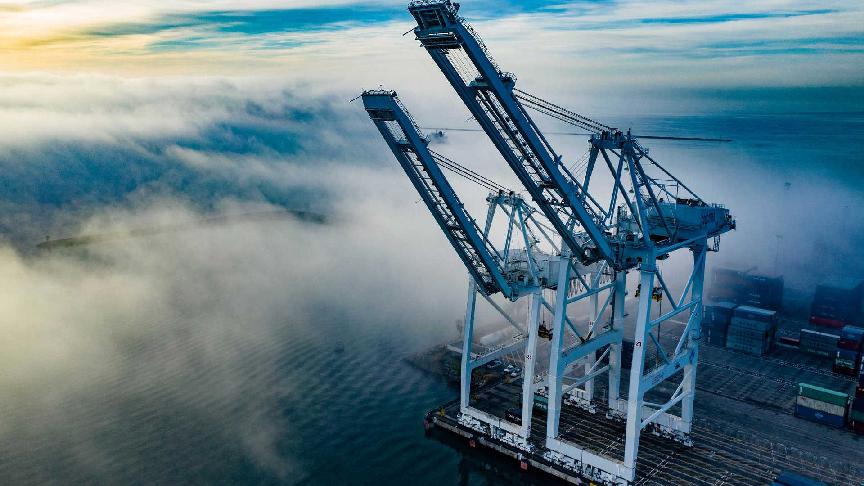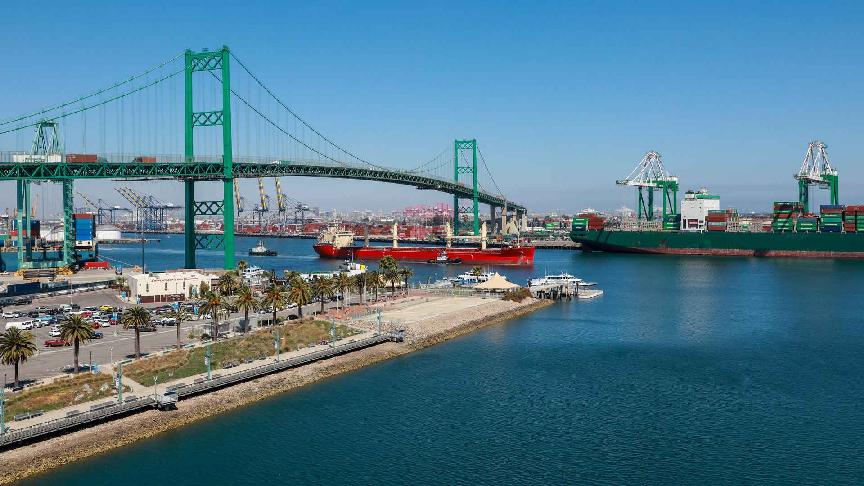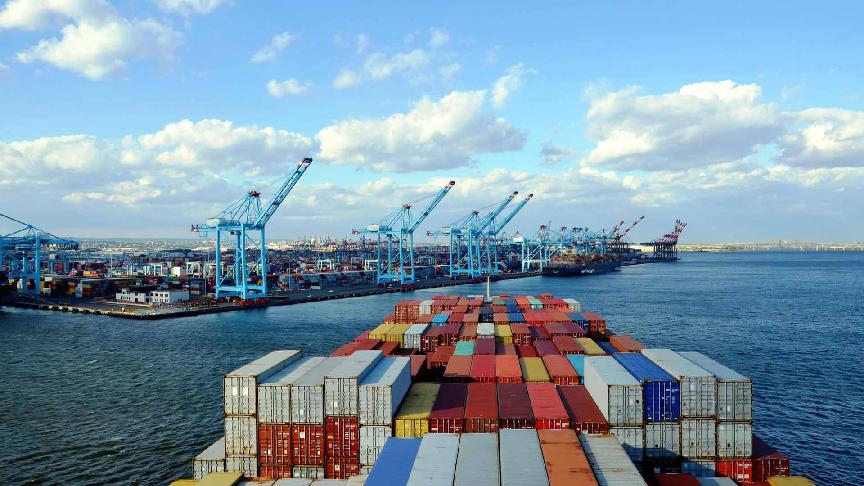US imports at near record levels last year amid eastward shift
A normalisation that began over the summer has turned into an import glut that kept US imports slightly below their 2021 record

26 January 2023 (Lloyd's List) - IMPORTS at US major ports ended last year slightly lower than the previous year despite a record-breaking start.
Incoming volumes for the year were about 1.3% lower than in 2021*, while December imports were within a percentage point of 2019.
Volumes are expected to remain muted in the short term, with port of New York and New Jersey director Bethann Rooney saying she projects a softening during the first half of this year.
Volumes last year were just shy of 2021, which was a record-breaking year for US ports as the pandemic-induced import bonanza saw them handle unprecedented amounts of cargo. The levels were also 18.6% and 16% above 2019 and 2020 levels, respectively.
Wary of supply chain disruptions, many shippers sent their cargo early ahead of the traditional peak season, leading to a stronger first half of the year. An overall reduction in demand amidst an uncertain economic outlook put further pressure on imports in the year’s second half.
Imports were up 5.8% in the first half of the year from the year-earlier period, but declined 8.2% in its second half. However, the overall decrease was not evenly spread across the nation’s major ports.
The west coast ports borne the brunt of the declines, as volumes dropped 16.8% in the final six months for the year compared to the year-earlier period.
Meanwhile, east and US Gulf coast ports saw a slight rise of 0.2%, despite volumes softening in the last few months. Moreover, imports to east and US Gulf coast ports rose 12.2% in the first half of the year but were flat on the west coast.
US volumes normalised over the summer, with June and July volumes coming in within a percentage point of their 2021 levels, but September saw a more meaningful decline of 5.3%, and the next three month saw double-digit declines.
The softening of imports began on the west coast ports but ultimately spread to their east and US Gulf coast peers, with the port of Houston being the last port to report year-on-year declines for the first time in December.
Shippers began diverting cargo eastwards when congestion was mounting in west coast ports and terminals early last year, with a vessel logjam peaking at 112 boxships in the San Pedro Bay in January 2022.
The run up to the west coast dockworker’s contract expiration in July and the stalemate in negotiations further drove shippers to divert their cargo eastwards over fears of industrial action.
The east and US Gulf coast ports, which were already handling record cargo volumes before these shifts, were inundated with vessels and cargo and backlogs began popping in their anchorages as well.
However, as imports have slowed down, the logjams have also eased up. Lloyd’s List Intelligence data shows vessel backlogs at major east and US Gulf coast ports are at low single digits, a far cry from when imports began slowing in September, when they hovered around a total of 100 boxships across the ports.
* December import figures for the port of New York & New Jersey have not yet been published. An estimate based on comparable data was derived using the ports December throughput figures
Source: Lloyd's List
Related articles

Sea newsCargo surge sends port of Long Beach to record September

Sea newsPorts of Los Angeles and Long Beach see mixed cargo volumes in August

Sea newsEast coast pulls ahead in early peak season volumes

Sea newsNew York and New Jersey was the United State's busiest port in February 2023

Sea newsUS Southeast ports increase their market share of Asian imports

Sea newsLA Port Director says port needs to become more "business-friendly"
